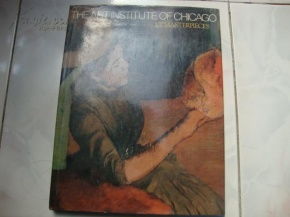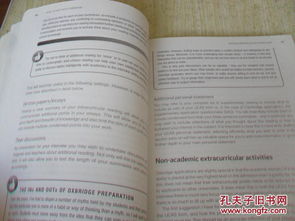
Content:
Introduction: Floods can present unique challenges for anglers, but with the right techniques and mindset, it's possible to enjoy a successful fishing experience even in such adverse conditions. Bait fishing, in particular, can be quite effective during floods, as the increased water flow can bring fish closer to the surface. In this article, we will delve into the essential techniques for bait fishing in floods, providing you with the knowledge to tackle these conditions with confidence.
Choose the Right Bait: The first step in successful bait fishing during floods is selecting the appropriate bait. In flood conditions, fish are often seeking food that is easily accessible. Here are some popular bait options:
- Live bait: Worms, leeches, minnows, and crayfish are excellent choices as they mimic natural prey and are highly attractive to fish.
- Artificial bait: Soft plastics, jigs, and spinnerbaits can be effective, especially when live bait is scarce or difficult to obtain.
- Natural bait: If you're fishing in a flood-prone area, you may find natural baits like grasshoppers, crickets, or earthworms readily available.
Adjust Your Approach: Flood conditions require a different approach to bait fishing. Here are some tips to help you adapt:
- Cast into the Current: In flood conditions, fish may be concentrated in areas where the current is slower or where there are obstacles like rocks or logs. Cast your bait into these areas to increase your chances of a bite.
- Use the Right Line: Heavy-duty line is essential in flood conditions to handle the increased current and potential snags. Fluorocarbon line is a great choice as it is less visible to fish and has a high tensile strength.
- Be Patient: Fish may be less active during floods, so be patient and wait for the right moment to set the hook. Avoid striking too hard or pulling too quickly, as this can spook the fish.
Locate the Fish: Identifying the best spots to fish during floods is crucial. Here are some tips to help you find the fish:
- Look for Structure: Fish often seek shelter in areas with structure, such as rocks, logs, or fallen trees. These areas can provide protection from the strong currents and attract fish.
- Observe the Water Flow: Pay attention to the water flow and look for areas where the current is slower or reversed. These spots can be prime locations for fish to congregate.
- Consider the Depth: In flood conditions, the water level can fluctuate rapidly. Fish may be found at different depths depending on the current conditions. Experiment with different depths to find where the fish are holding.
Adapt Your Technique: Flood conditions can be unpredictable, so it's important to be adaptable. Here are some techniques to consider:
- Use a Float or Sinker: A float or sinker can help you control the depth of your bait and keep it in the strike zone. Adjust the weight according to the current and depth of the water.
- Change Your Lure Presentation: In flood conditions, fish may be more sensitive to sudden movements. Try varying your retrieve speed and technique to see what works best.
- Be Prepared for Changes: Keep an eye on the weather and water conditions. Be ready to move to a different location or change your approach if the conditions change.
Conclusion: Bait fishing in floods can be a challenging but rewarding experience. By choosing the right bait, adjusting your approach, locating the fish, and adapting your technique, you can increase your chances of success. Remember to be patient, observant, and adaptable, and you'll be well on your way to mastering the art of bait fishing in flood conditions. Happy fishing!












